
Matt Savitsky
Math Bass
Robert Yang
Tom Burr
Harmony Hammond
Nica Ross
Prem Sahib
Vika Kirchenbauer
Lee Blalock
A.K. Burns
Saeborg
Buzz Slutzky
Alexander Glass
Zach Blas
Nikita Gale
Rudy Lemcke
Harriet Horton
Cassils
Nayland Blake
Frieda Toranzo Jaeger
Diamond Stingily
________
Matt Savitsky Life Under Glass (Excerpt), 2015
‘The day we talked to Matt Savitsky, he was moving out of his North Philadelphia studio, in preparation for a road trip across the country with his father. Savitsky, moved to Philadelphia from what he called “the New York pressure cooker.” Here he found a whole different way of life–first isolation and unemployment, and then friendship in a multi-generational community of gay men. Savitsky says he’s shy, but his art, often with openly gay content, includes not-so-shy performance; he quickly found an audience at places like Vox Populi, the Painted Bride and Bodega in the short time he spent here. Matt grew up around Lancaster, PA, in a very different environment–a conservative Christian farm life, but ultimately his family encouraged his interest in art. Now he is moving on again, this time to graduate school at the University of California San Diego.’ — artblog
________
Math Bass
‘In paintings, sculpture, and video, perception-bending Los Angeles-based artist Math Bass emphasizes that symbols change meaning according to context and orientation, and that the body and its costumes are meaningful symbols whether they are actually present or only suggested.’ — museums.org

Body No Body Body, 2013

Domino Kingdom, 2017

Teen Dream, 2016
___________
Robert Yang Rinse and Repeat (2018)
‘Rinse and Repeat is a steamy first person showering game about giving a hunk a helping hand. Was he in your Tactical Zumba class, or was it Blood Pilates? Usually you wouldn’t risk a shower right after class, they already talk enough shit about you, but the other day — a cough then a smirk and then a knowing glance, that’s all it ever takes until you start hoping against hope. Don’t fuck it up. Show up when he’ll show up, right after class. Set multiple alarms on your phone, mark your calendar, clear your schedule. What is this terror? What is this ecstasy? What is it that fills you with this extraordinary excitement?… Boy, it’s the promise of a workout.’ — RY
___________
Tom Burr Circa ’77 (2015)
‘Burr’s sculpture re-creates not just any urban green space, but rather a bit of Platzspitz, a riverside park in Zurich that was once a popular gay cruising ground. When Burr first created the work, for Kunsthalle Zürich in 1995, he was imagining that parcel of land as it had been about twenty years before, when it was a zone of eros and danger. It would then become a haven for drug users before being cleaned up by the city in the mid-‘90s, when Burr arrived. Recreated in New York, the work evokes the city’s bygone gay cruising grounds, especially the Ramble, an area in Central Park.‘ — artnews

_________
Harmony Hammond Floorpieces (1973)
‘In 1973, the artist Harmony Hammond made a series of artworks entitled Floorpieces. Based on traditional rag-rug techniques, these braided fabric pieces were selectively painted and then placed, like rugs, directly on the ground. The making of the Floorpieces coincided with Hammond coming out, and their spiraling, braided form is suggestive of both lesbian erotics and traditions of women’s handicraft. Hammond’s work challenges many of the binary oppositions that continue to structure conversations of craft—high/low, masculine/feminine, functional/decorative.’ — collaged



________
Nica Ross O Michael – WREST (2012)
‘Nica Ross is a visual artist whose work challenges normative ideologies that are reinforced by technology and game play. Their current practice is an evolving pursuit of pleasure checked; or perhaps bolstered, by the failure of representation. This work takes multiple forms: video installation, performance, gayming, sporting and more. The continuity across these forms is an invitation that is inherent in each piece. They currently work as an instructor in the Video Media Design option within the School of Drama at Carnegie Mellon University.’ — Nica Ross site
_________
Prem Sahib
‘Prem Sahib, who has been gaining a steady reputation with shows, performances and club nights in Mumbai, Rome, London and New York, has created pieces which explore “the idea of a social space being a contested space” and how that “might elicit universal bodily responses, whether pleasure or anxiety, such as feeling physical empathy and desire for someone in proximity, or unease at their unwanted presence.”‘ — i-d

Ashes, 2017



End Up, 2015

Watch Queens, 2015
_____________
Vika Kirchenbauer Cool for You (2017)
‘It’s important to me that there is a sense of atmosphere or aesthetics that is kind of ambiguous, that there is some sense of violence and hysteria but also almost a kind of ecstasy or enthusiasm that’s uncanny, in a way. Depending on how you listen to it, it can also be sad but still almost like a drug or something. I want to craft things in a way so that, affectively, one can connect with them in different moments or moods, in quite different ways and discover different contradicting elements in terms of affect and emotion.’ — V.K.
____________
Lee Blalock Loving the Alien: Instructions for Other Orthographic Projections, 2015
‘Building from her personal history, an obsession with rules and order, and a love of Speculative Fiction, Blalock creates a new series of art work that documents and hypothesizes a process of the future superbody and its daily operations. Her works on paper combine computer code, geometric diagrams, and organic hand-drawn gestures to render the imagined figure. Repetition, duplication, and looping of sounds, shapes, and typographic characters are techniques she uses to enliven the work with a mechanical pulse. Far from a modern day Frankenstein, but not quite the bionic woman, the bodies Blalock creates absorb the digital into the corporeal, and question the possibility of a body without race, gender, or biological deficiency.’ — Hyde Park Art Center
___________
A.K. Burns Untitled (work shirts), 2013
‘Working as an interdisciplinary artist and educator, A.K. Burns perceives the body as a contentious domain wherein socio-political issues are negotiated. Using video, installation, sculpture, drawing, writing and collaboration Burns queries systems of value as they are embodied at the nexus of language and materiality. Playing with tropes and symbolically weighted imagery and giving particular attention to that which is devalued or exploited (waste, absences, subjugation), Burns works towards unraveling the traumas of late capitalism.’ — collaged
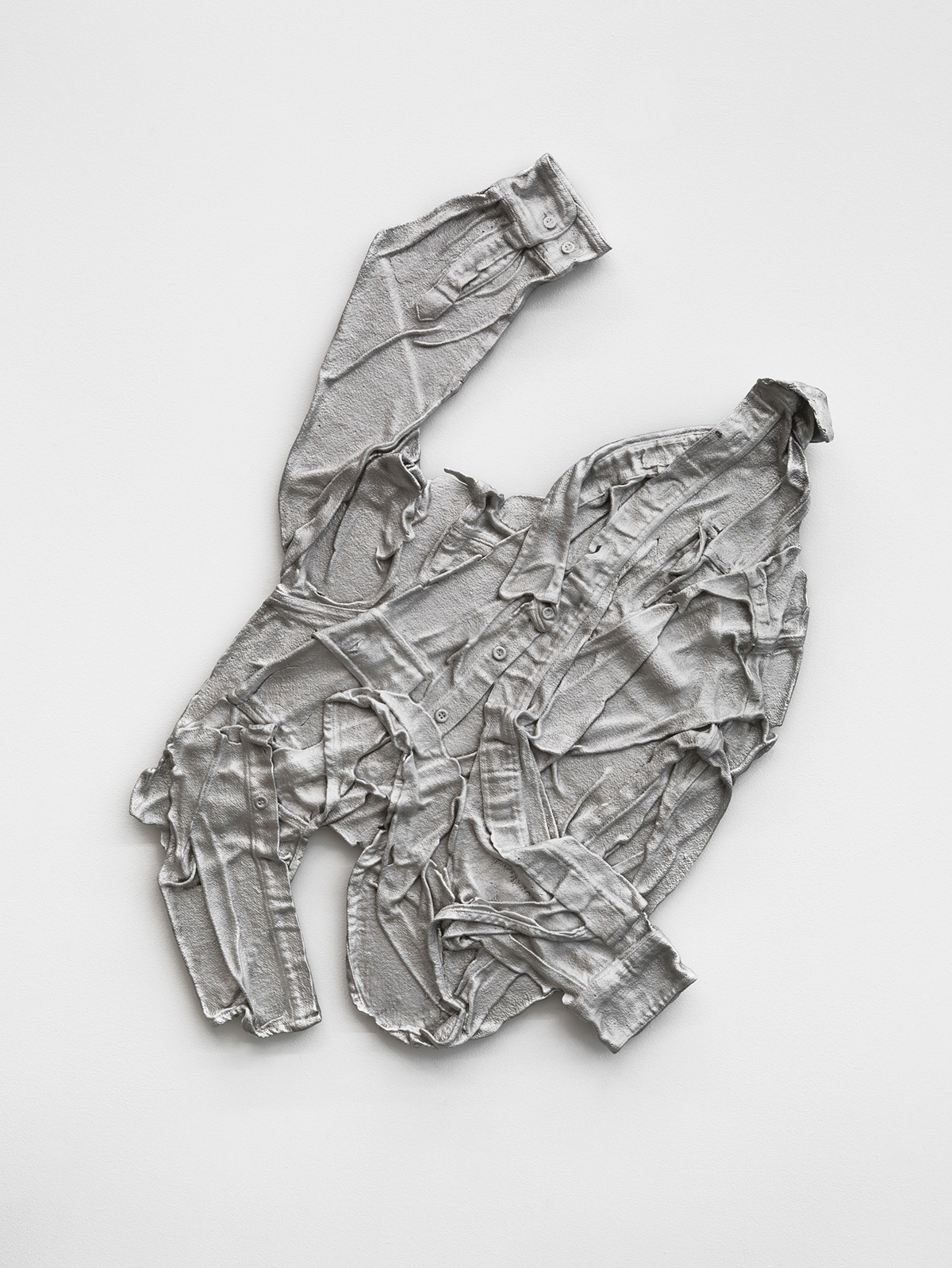
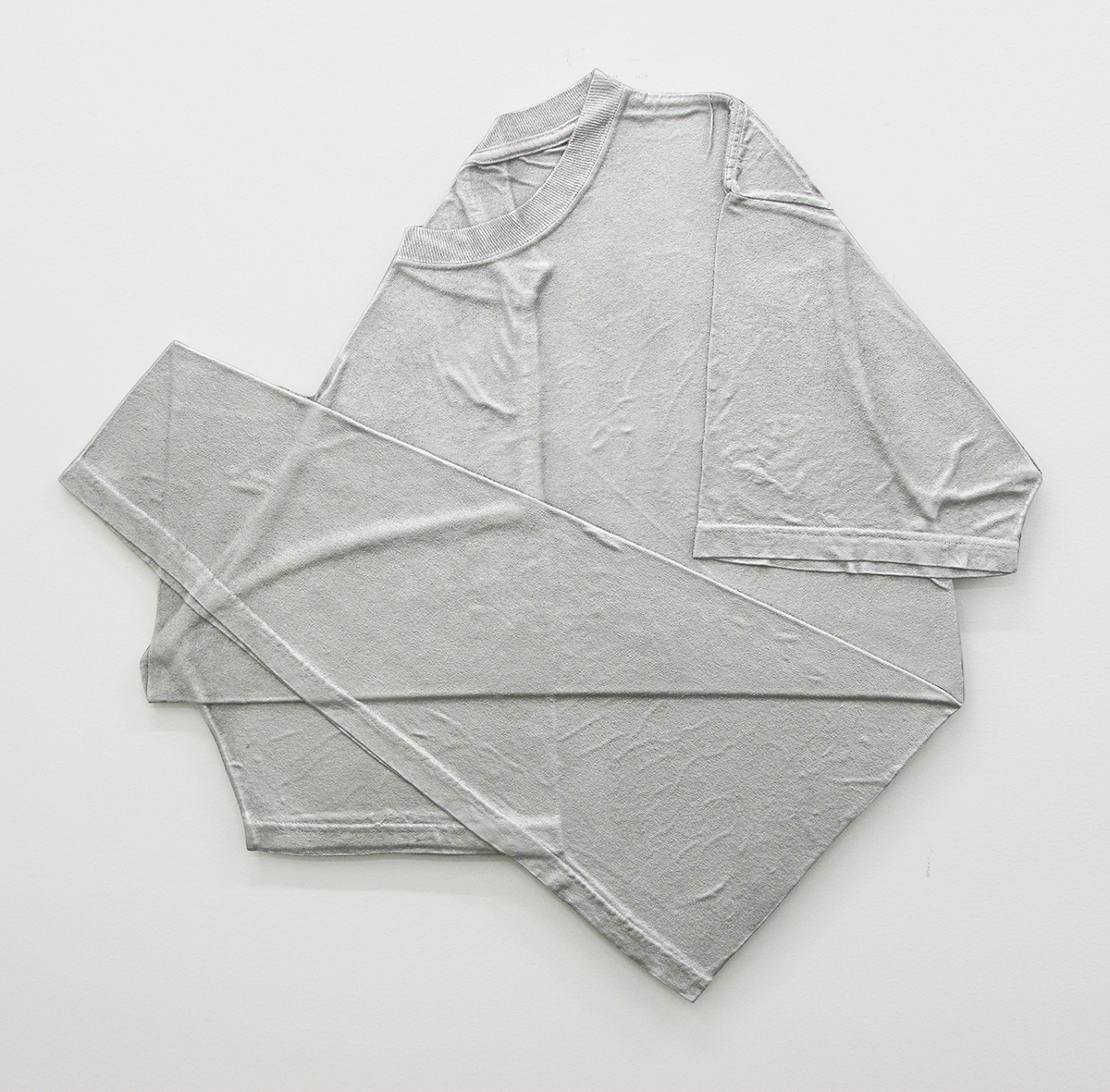

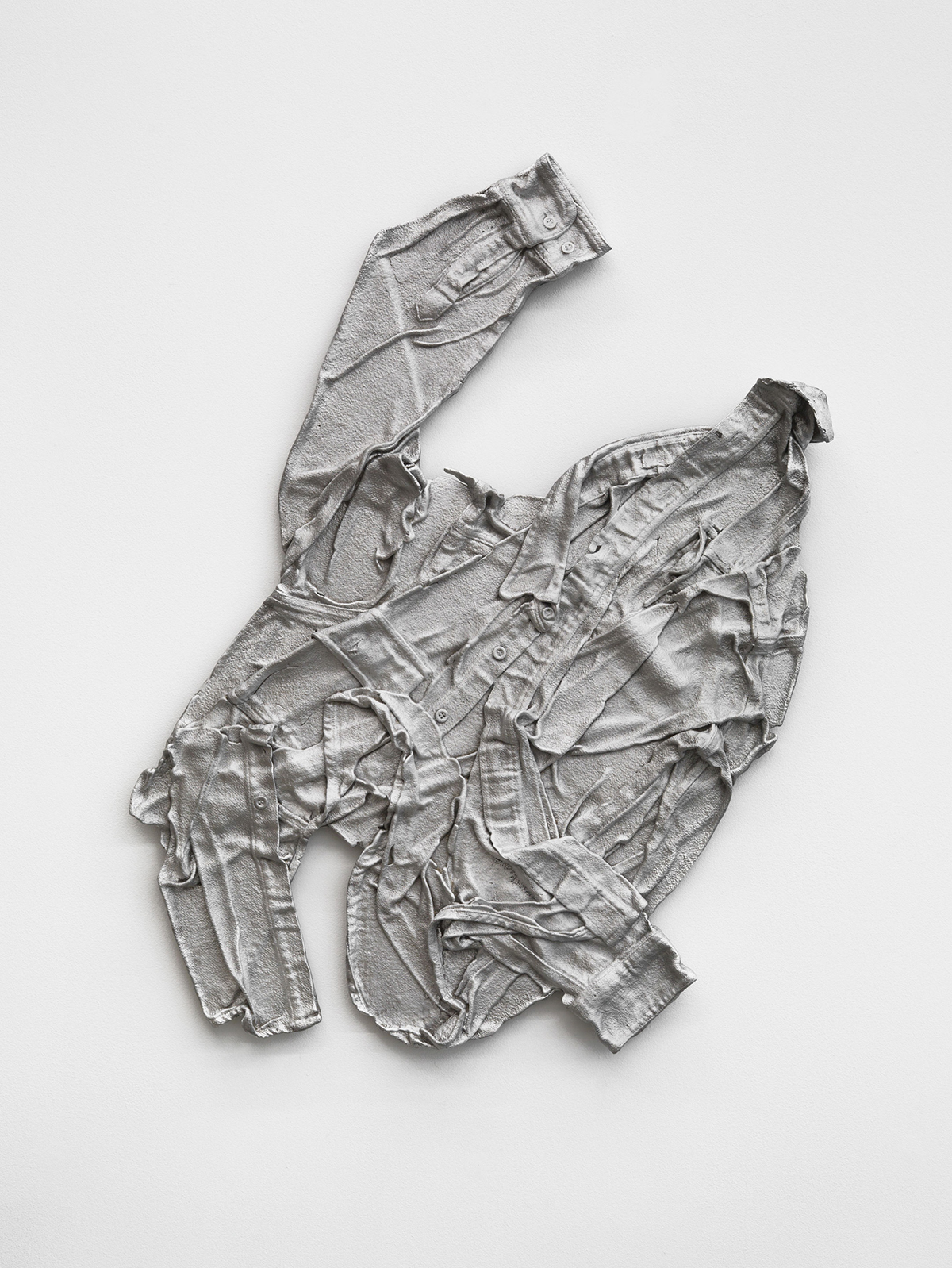
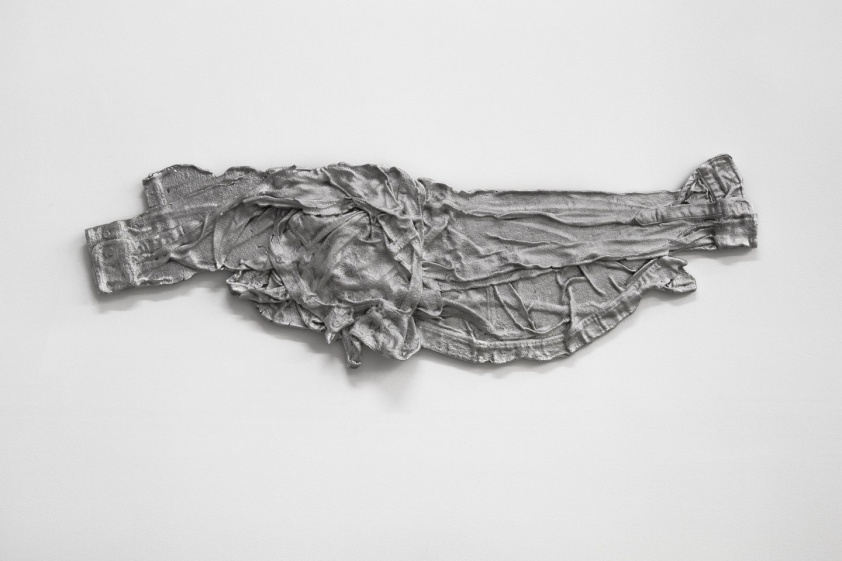
_______________
Saeborg Pigpen, 2016
‘Saeborg, the imperfect cyborg, is half human, half toy. Saeborg’s performances are resembling nightmarish configurations of gigantic playmobils in bizarre fairytale settings. Inflatable latex is used to shape the huge figures of a truck-sized pig and its humanoid piglets. No matter how cartoonish and friendly they seem, the birth of the inflatable piglets is playfully twisted. Sleazy, shiny, squeaking, anthropomorphic, these pigs are crossbreeds between BDSM and animal-costumed PETA protesters. Is it a queer performance of operatic proportions or an allegory created to initiate kids in veganism? Are those cute piglets to be hugged and petted or are they bloated sexual fantasies to be acted out in role-playing? In Saeborg’s Pigpen, the humans step aside while the pork-chops trot in the spotlight.’ — Athens Biennale 2018 ANTI
______________
Buzz Slutzky A Garden Sown!, 2016
‘I burn images from popular and queer/transgender cultures, as well as my own life, into pine and fir, so as to mark architectural material with personal and cultural affect. Both visually and conceptually, the pyrographs are like tattoos: they display externally something deeply personal, making the private public.’ — BS





_____________
Peter Clough Peter (you are what you eat), 2016
‘In Clough’s large sculptural wall work “Peter (you are what you eat),” a laser-cut photograph depicts Clough bent at the waist, mouth open. An intricate kinetic sculpture surrounds the photograph in which wooden balls, resembling feces, are recycled through holes in the asshole and mouth of the image. Here, Clough becomes the butt of his own joke, his own “locker room talk,” taking on an image of extreme degradation as a gesture of both self-effacing humor and political desperation.’ — Art Rabbit


____________
Alexander Glass
‘Alexander Glass is a sculptor and installation artist currently based in London. Glass explores the separation between image and fantasy in spaces commonly associated with aspirational maleness. He does this by recreating scenes or locations that are commonly used fetishise the male body, such as swimming pools, gyms and locker rooms, and, most recently, high-rise flats.’ — i-D

Hang by the Pool (Speedo 1), 2016

Another Flop, 2016

Head in the Game, 2016

Hang by the Pool (Speedo 2), 2016
_______________
Zach Blas Contra Internet (2018)
‘ Contra-Internet confronts the growing hegemony of the internet through installation, video works, CGI animation, glow-in-the-dark text, blown-glass sculptures and a single-edition publication titled The End of the Internet (As We Knew It). At the center of the exhibition is Blas’s timely science fiction film, Jubilee 2033, which presents a futuristic queer society rising from the ruins of a post-apocalyptic Silicon Valley.’ — Art Fuse
______________
Harriet Horton (2015 -> )
‘Taxidermist Harriet Horton’s artistic practice was born out of a rejection of traditional taxidermy methods. After finding herself at odds with the unethical and overtly masculine culture of trophy hunting, Horton decided to take her work in an entirely new direction. Horton believes that being queer is central to her thought-process, giving her the power to be confident in her decisions. “When you don’t follow a pre-existing heteronormative path, there are so many obstacles which force you to think differently and creatively.”‘ — i-D



_____________
Cassils Inextinguishable Fire (2015)
‘On Sunday evening, the Spill festival ended not with a bang but with flames being extinguished on the stage of the National’s Dorfman theatre where, 14 seconds previously, the Canadian artist Heather Cassils had been set on fire. It was the first and, Cassils has said, last ever live performance of Inextinguishable Fire, a piece that already exists in film form, showing the artist’s full body burn in slow motion, with the 14 seconds extended to 14 minutes. The film was shown immediately after the live performance. Projected on to one of the walls of the Royal Festival Hall in London, the film and the memory of the live performance spoke back and forth in constant dialogue.’ — The Guardian
_________
Nikita Gale
‘Before developing a visual practice, Gale was a self-described “bedroom musician,” and studied anthropology and archaeology, disciplines that necessitate looking closely at artefacts for evidence of their use, as well as of the cultural forces that shaped the conditions of their making. Her earlier sculptures and installations synthesize and extrapolate on the politics of materials, calling upon the personal and cultural histories latent in the objects she includes in them. Making use of items with embedded cultural significance and prosthetic function, like cars and electric guitars, as well as of objects with bodily associations, she builds a precise tension that corrupts a one-to-one translation between a thing and its meaning within the context of her art.’ — aqnb



Big Bad Pickup, 2017


Interceptor, 2019
Untitled (Legend), 2013

Descent, 2018
__________
Rudy Lemcke
‘Rudy Lemcke is an artist who lives and works in San Francisco, California. His paintings and sculpture have been exhibited in such venues as: The Whitney Museum of Art, The DeYoung Museum, The University Art Museum at Berkeley, The San Francisco Art Institute, The Grey Gallery in New York, and Modernism Gallery in San Francisco. His video works have been shown internationally in venues such as the Dallas Video Festival, the Mix Festival, San Francisco’s Frameline Film Festival, Hallwalls, ATA Gallery, Stoney Brook University, SUNY (Framingdale), Festival Nemo, Paris and IFEA Festival, Rio De Janeiro, Brazil. He is now an independent web developer and video game designer and artist.’ — collaged
Pansy Farm Game Play, 2017
Cloud Forest Video Game Play, 2018
____________
Nayland Blake
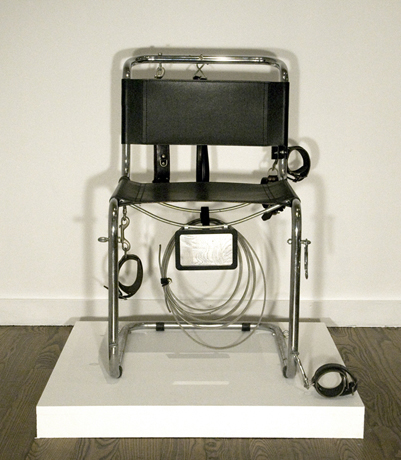

Restraint Chair, 1989. Breuer chair augmented with shackles, leather collar and cuffs, cord, mirror.

Work Station #5, 1989. Steel, glass, aluminum, leather, plastic, rubber, and cleavers.

Untitled, 1990
_____________
Frieda Toranzo Jaeger
‘“I wanted to see what would happen to the meaning of these symbols if I as a queer woman stepped in and owned them,” she said. “What would happen if I gave myself the agency to do so. Being queer is amazing, and I don’t want an identity that’s just reduced to consumption. I love what José Esteban Muñoz says in Cruising Utopia, that queerness is something that we will never be, we will always be becoming queer.”’


La intersección entre la sangre y la máquina, 2022
_____________
Diamond Stingily
‘Diamond Stingily is reluctant to define her work, but one thing she will say is, “You can’t totally understand it in just one look. I don’t want it to be easy.” As a sculptor, installation artist, videographer and writer, the Chicago-born, New York-based polymath examines salient themes such as memory, family, iconography and sexual identity (and the politics that underpin them) by rummaging among the experiences and objects of her past.’




Kaas, 2016
“The Jungle Book is a misinterpreted childhood favorite. The fear of snakes is possibly the fear of oneself. Afraid of seduction, the confidence and being hypnotised by the charmer.”
*
p.s. Hey. ** Shane Christmass, Hi, Shane, thanks a lot! I’m lag-addled but good. I hope you are too sans any addling. ** _Black_Acrylic, Hi, B. Xmas here we come. I’m going to have to try ‘Eddington’. A bunch of my friends hated it, but you and Waters are persuasive. Thanks! ** Malik, Hi, Malik! Great to see you! Ack, I forgot to include the Siken book. I’m noting the books and music of yours that I don’t know yet. I just saw ‘Weapons’ on my flight back here. Yeah, it was really good. ‘Thing’: Very high five. Have a really great Xmas in whatever form you decide to deal with it. xo. ** jay, Hey, jay! I’m good below the neck. ‘Magic Farm’: I’ll hunt. One of my goals of the upcoming year is to get back into playing games regularly enough to be able to make a fave games list. Wish me luck. What are you doing for Xmas? ** Joe, Hey! My total honor, sir. Unless you want me to slip ‘RT’ to you, probably not until it’s streaming maybe by the summer, a guess. Thanks for the list. I like those Handkes. It’s not that I don’t like Bacon, his work just doesn’t speak to me or something. I get that it’s powerful, etc., but the effect hasn’t cottoned with me for some reason. ** Montse, Hey, hey, Montse! I’m jet lagged to the gills but otherwise good. We get our verdicts from the two Barcelona festivals we submitted to at the end of January and sometime in February. Fingers very crossed. I like Water from Your Eyes too. I think I missed them when they played here, grr. So great to see you!!! Much love, me. ** Ken Baumann, Whoa, Ken, my old pal! It’s been way too many ages. It’s super great to see you! I want to check out ‘Clair Obscur: Expedition 33’. Even Macron was praising it, but I’ll pretend he didn’t. Middle Eastern Classics master’s program: wow! Yes, I’m dying to get your and Blake’s antho. I’ve been meaning to, but I was on a non-stop tour with Zac’s and my film until just now. I’ll find it today. Exciting. So nice to hear what Aviva’s up to. I miss you guys too! How can we hook up in 3D soone or soonish? There must be a way. Lots of love to you, maestro. ** Eric C., Thanks! The trip/tour went great. I know of Circuit des Yeux, but I can’t rem,ber if I’ve heard it. I will, if not. Thank you for that. Merry Xmas in some exalted form! ** Steve, Thanks, I sure hope so too. This is ‘Man With a Movie Camera’ (2025). The only film on your list that I’ve seen is ‘Sinners’, which I liked. Thanks for the music lists. I’m happy you liked the MC Yallah & Debmaster album. I think it’s very overlooked. ** l@rst, My pleasure, sir! And thank you for your lists, which I will parse and investigate upon my reawakening. ** Connie, A week is a long time with the family. Or with mine. Your uncle, wow, jesus (as it were). I hope you have fun in the margins and in the hot tub. Wrinkle up for me, please. ** Morgan M Page, Hi, Morgan, welcome! I don’t know those books, but I will endeavor to. Thank you for passing them along. How are you? What’s up? ** julian, I’ve got you/yours cued up for a celebration of my brain’s return to normality whenever that may be. Tomorrow (prayers)? Oh, uh, we’re getting close to a final draft of the new script, and I think I should wait until it’s cemented, but then I’ll be happy to characterise it. I still haven’t heard Lifeguard. Weird. Maybe in a bit. Thank you for including ‘RT’. Great day! ** Dom Lyne, Hey. The honor was/is all mine. My only Xmas plans thus far is eating a buche with some friends next Tuesday, but stuff will probably arise. Great about the successful edit! Oh, man, that’s fucked about you having to wait that long to get your meds sorted. I hope London fills you in with counteracting joy or something. The film stuff is going really well. We’re psyched, thanks. Warmest hugs and love and hang in there, my friend. ** zach, Hey! Thanks so much! Yeah, the Roxy screenings were really a pleasure. I really need to see the Hadzhihalilovic and ‘Sirat’. High on my list. Yay, you have a bunch of art faves and even crossovers. Thanks, and total holiday to you! ** HaRpEr //, I miss the mind that those lists were a look into. Such great lists. I’ve noted those I don’t yet know. Impeccable on the ones I do know. I just got the Sharp Pins album finally, but I have to wait until my lag wanders away. ** rewritedept, Hi, Chris. I didn’t know there was a new PLOSIVS album until yesterday. I must. I love Rob Crow. I’m mostly kind of out of it right now, so not much going on other than trying to keep my eyes open. My guess is we’ll keep doing screenings and festivals through the spring and then it’ll go to streaming, but we’ll see. Thanks! ** Bill, Hi, Bill. Right, about the Braxton. I hadn’t listened to him in ages, and boy oh boy. You going back to the distant east? Oh, shit, I forgot to list the Gladman novel, which would totally be in mine if I’d remembered. Thanks for including ‘RT’. Your lists are very rich. I just copied and pasted them into a TextEdit file for further much investigation. Thank you. Very swift, easy trip tomorrow. ** Steeqhen, Hi, Steeqhen. Thanks very much for your 2025 tips. I’ll be all over the unknowns asap. ** Laura, My lag is maybe just a teeny bit better today, but I can’t tell yet. Great stuff on your lists. Great descriptors too. I am sparing your poem my current miserable brain, but it will return to normal, and then … Snow + tennis shoes = demystification. Oh, De Alessi plays the person who teaches one of the boys to head bang. She’s not in the last scene. I think all of the boys in the last scene are French. Maybe you mean Milo Riqart? He plays the youngest boy with the long hair? ** Steven Purtill, My memory is shot too. High five! Thank you for pulling some nuggets out to display. Great stuff, and great seeming in a few cases. I hope any roughness is dust asap. ** Thomas Moronic, Well, of course! Thanks, pal. Happy Xmas approach! ** Uday, Hi. It’s okay, I’m so fried from lag that I am not worthy of people’s lists, although I cherish them. America on the film experience front was really good. You heading elsewhere for Xmas, I gather? ** Cletus, Hi, Cletus, good to see you. Here’s to slowing down. Or, well, speeding up in my case. Take care. Blissful holiday stuff to you! ** Okay. You can get Queered today, if you like. See you tomorrow








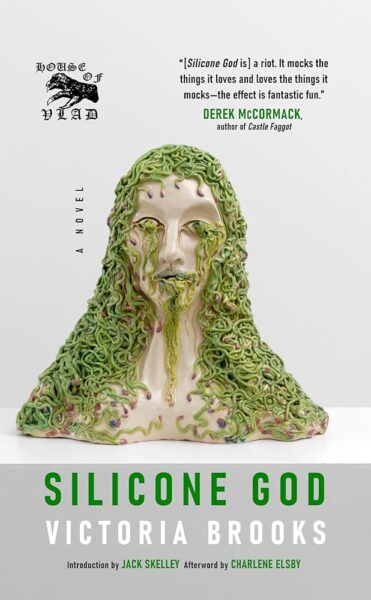
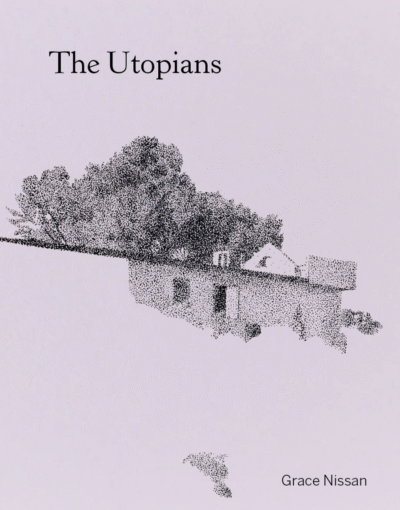
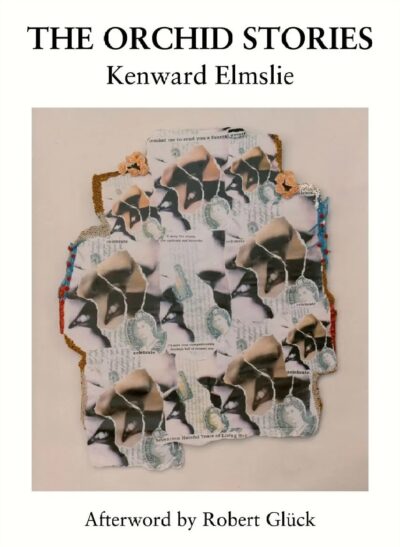

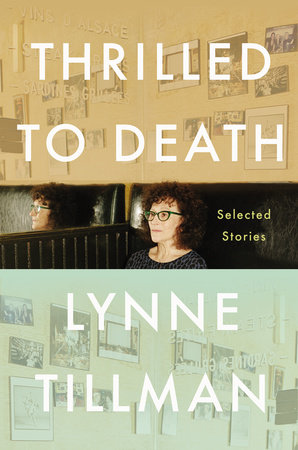

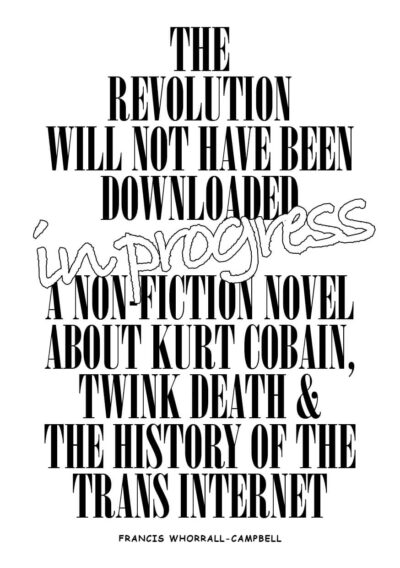
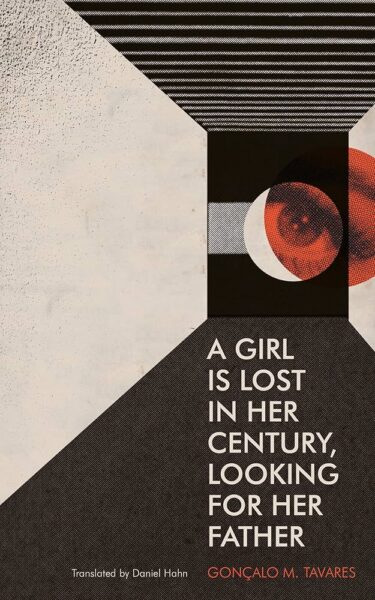

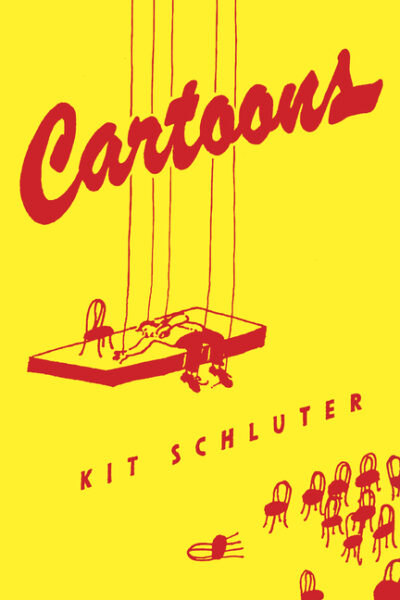
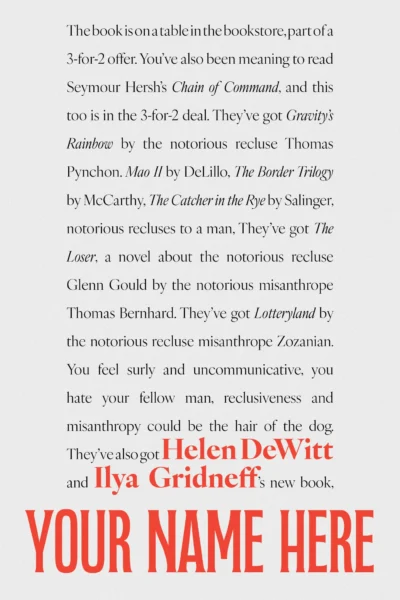
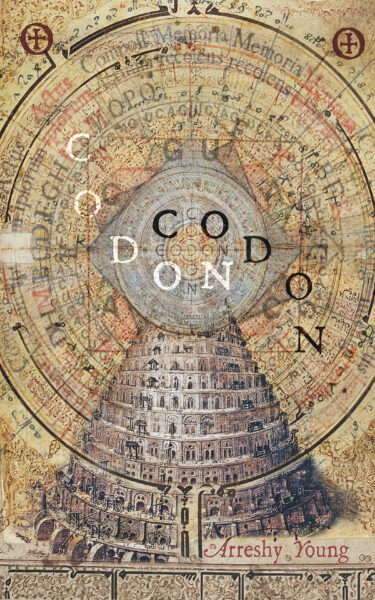
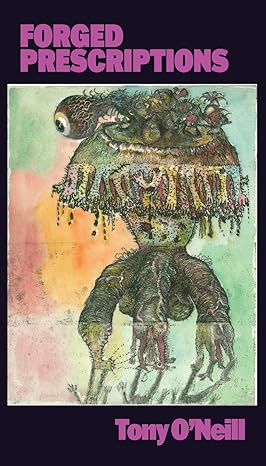
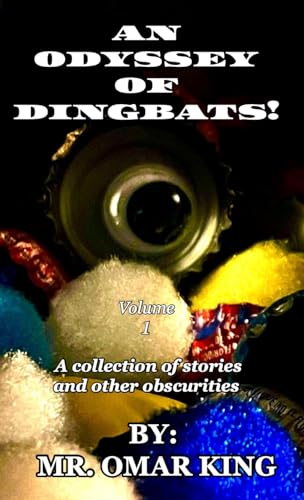


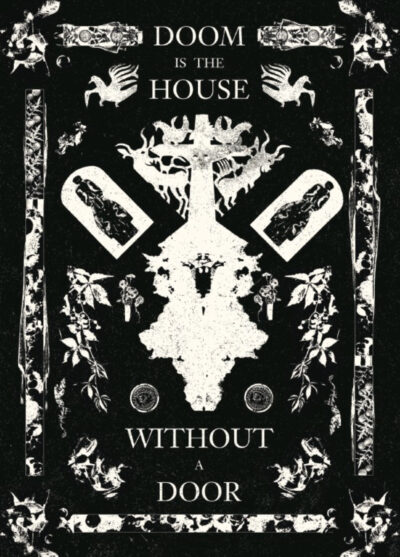
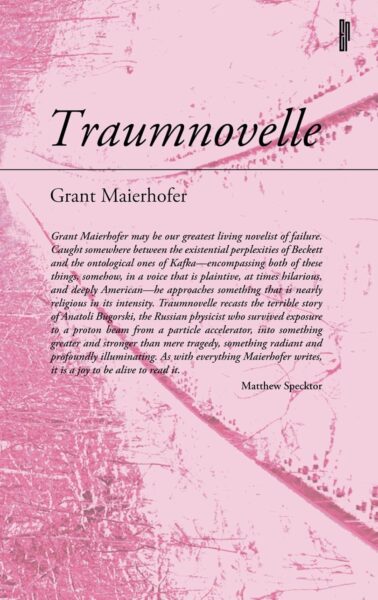
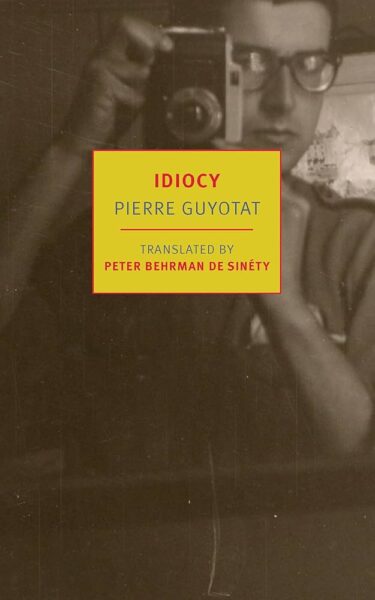


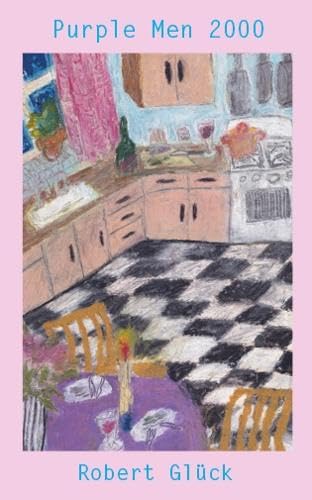



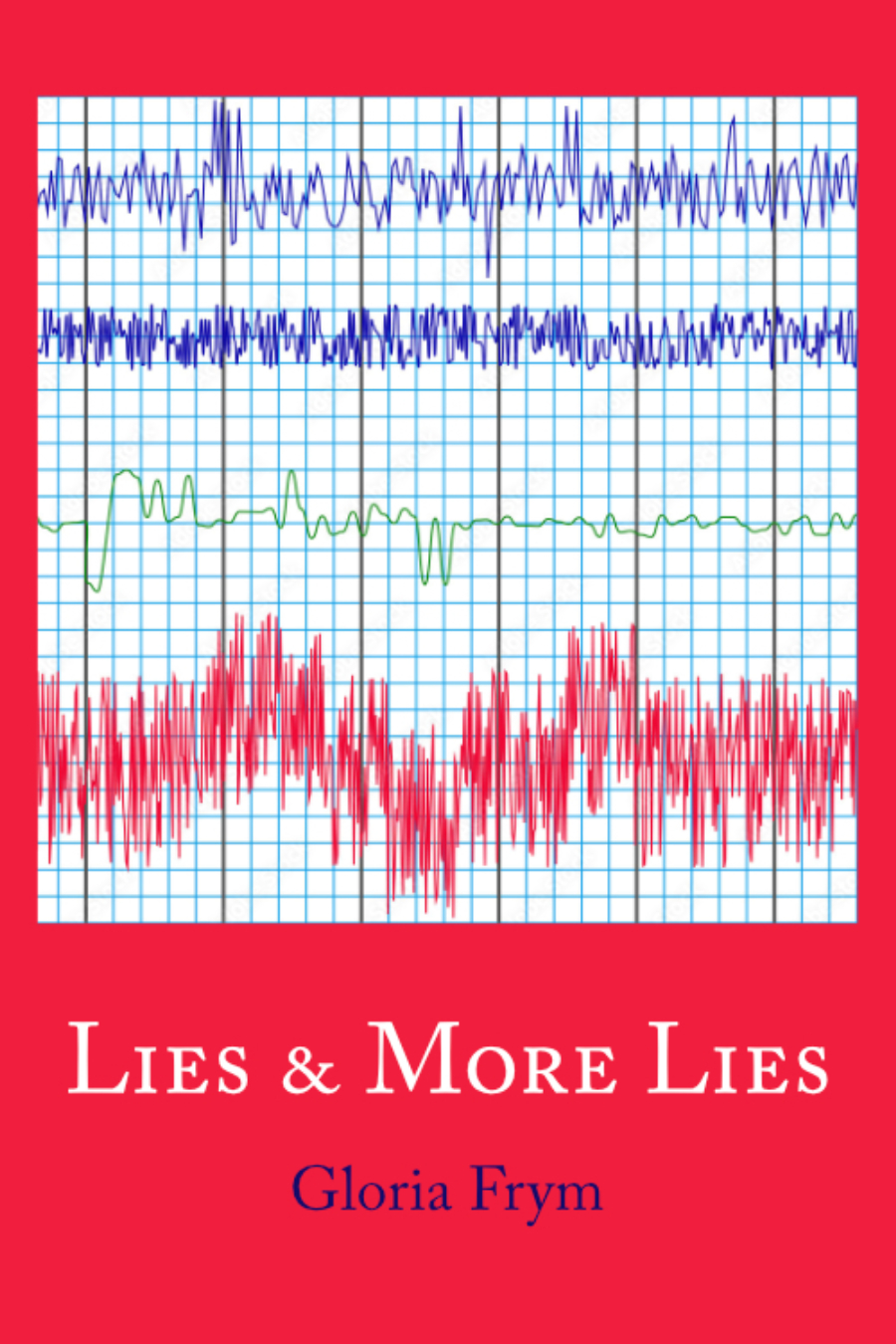
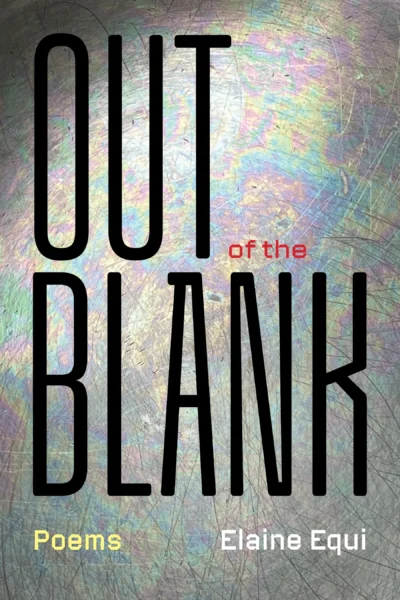
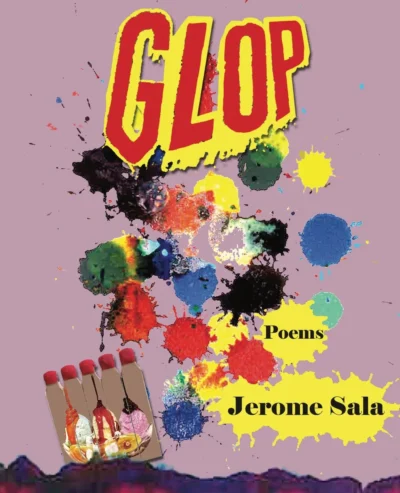
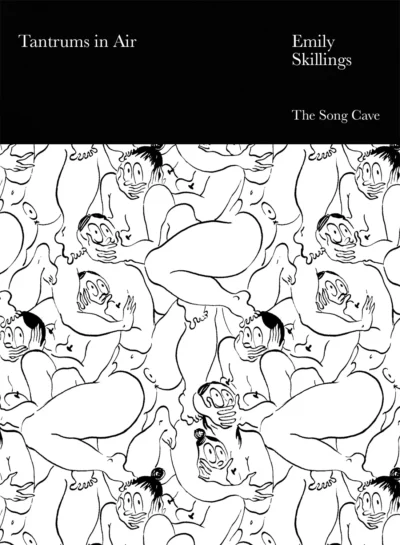
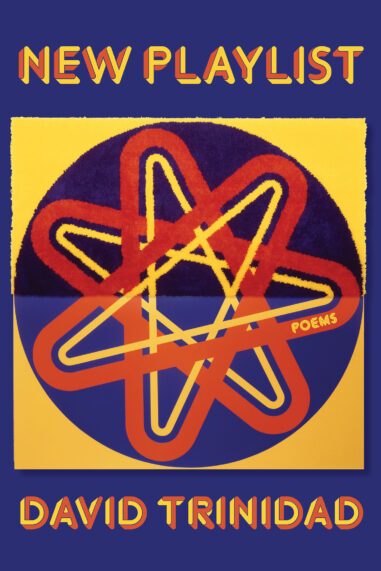



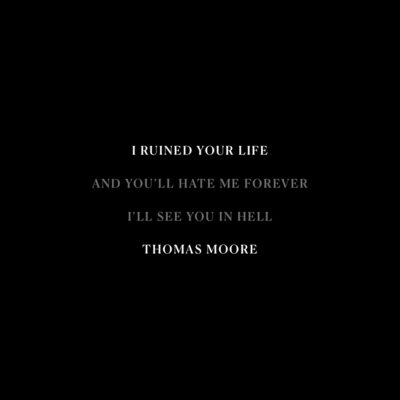
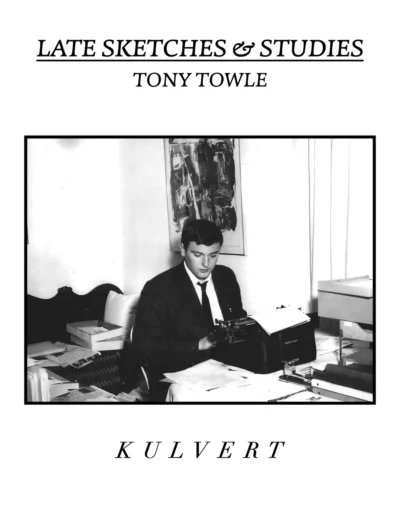

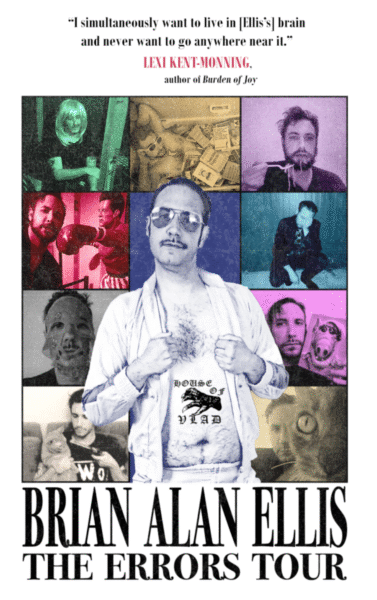
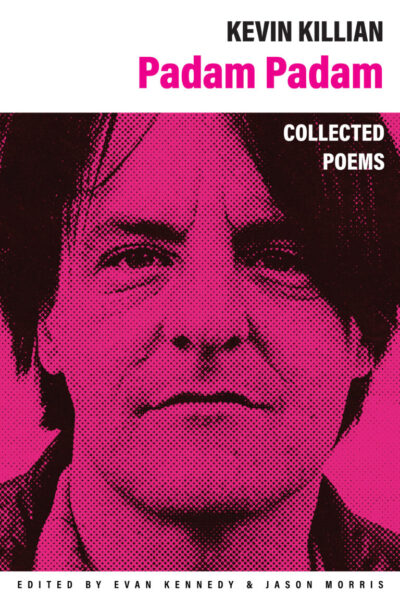

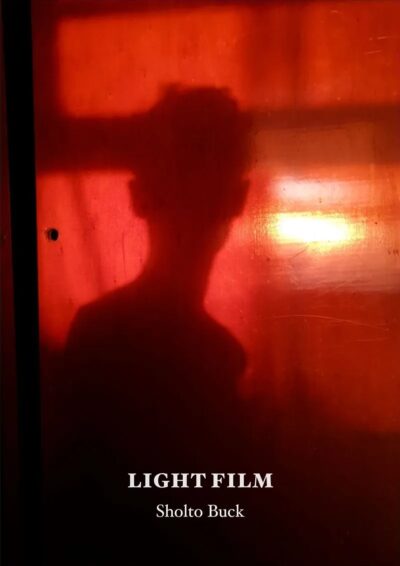
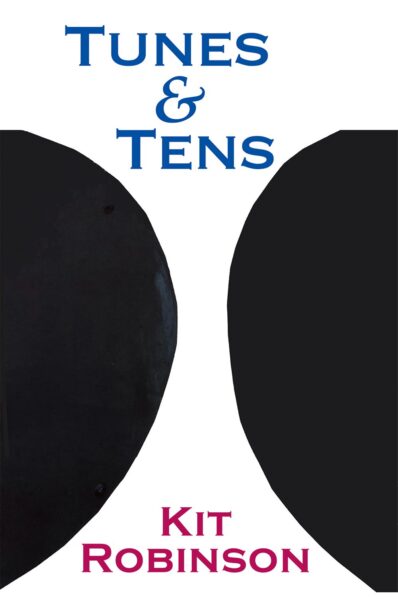
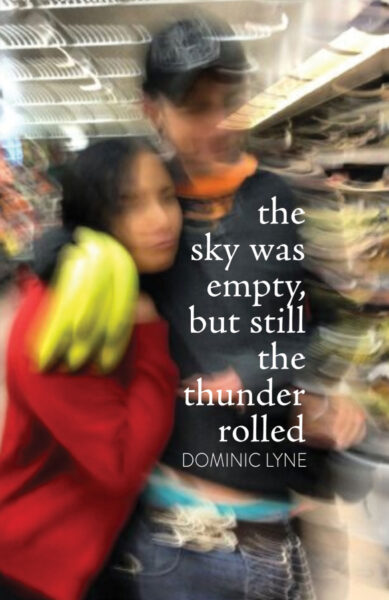
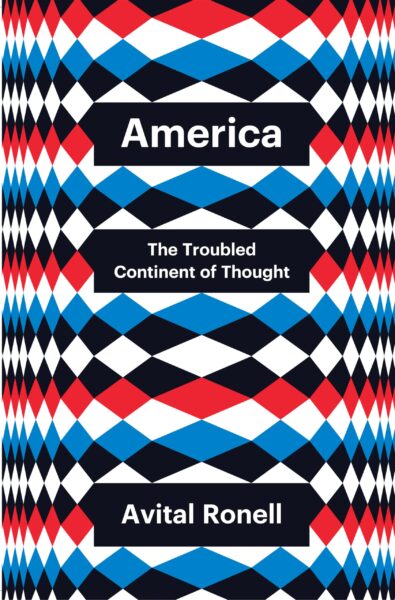
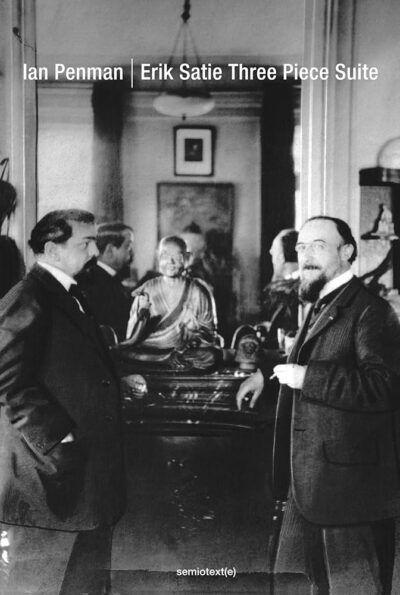


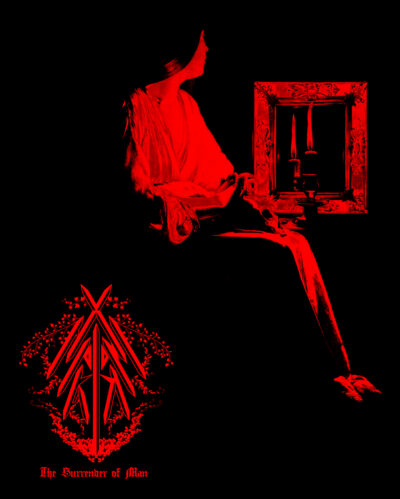
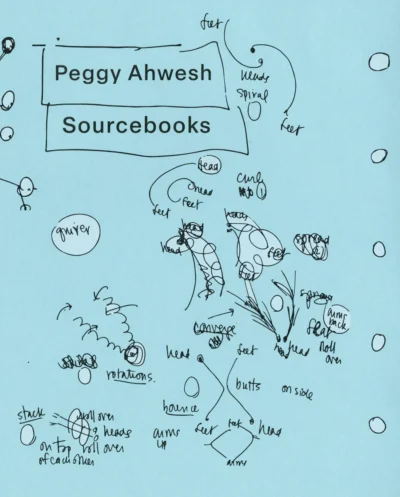

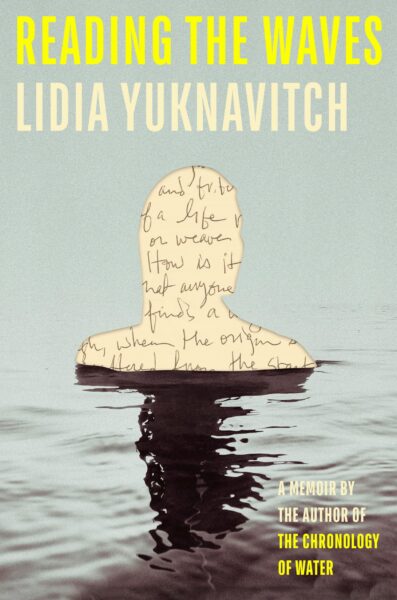
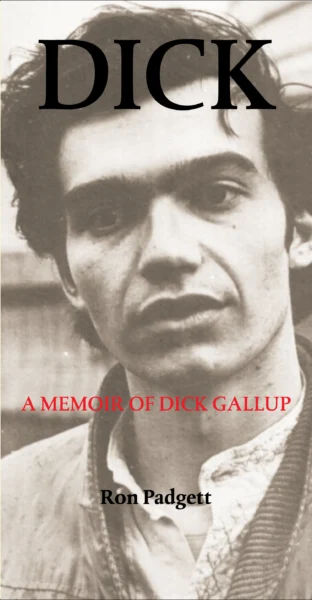


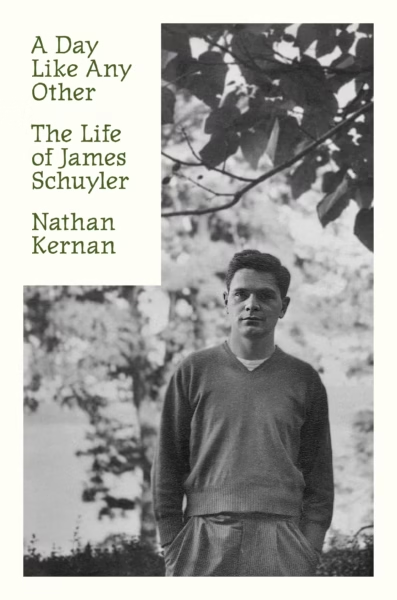

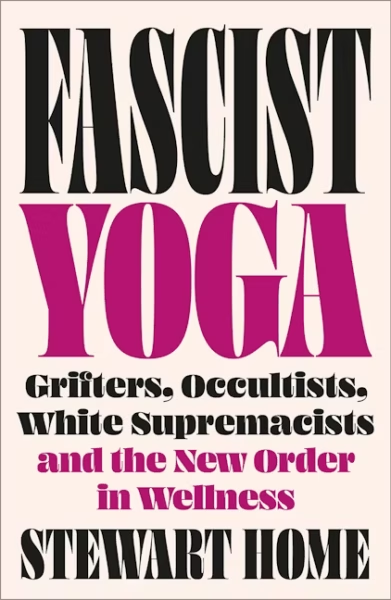
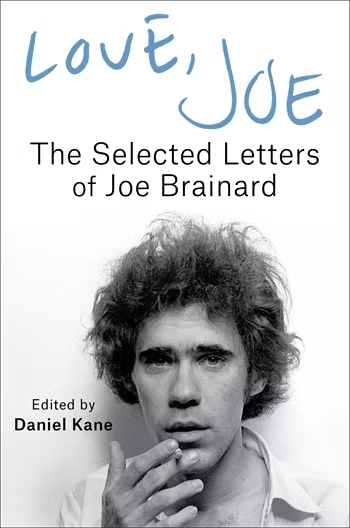
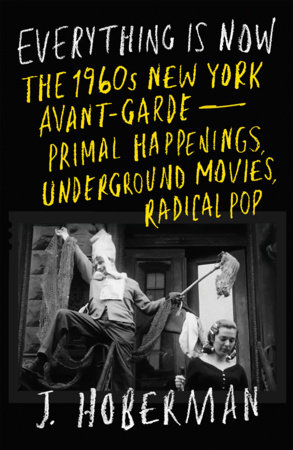










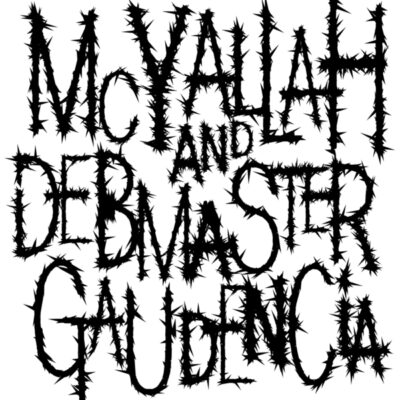


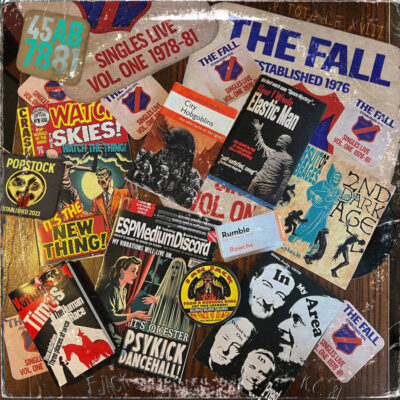


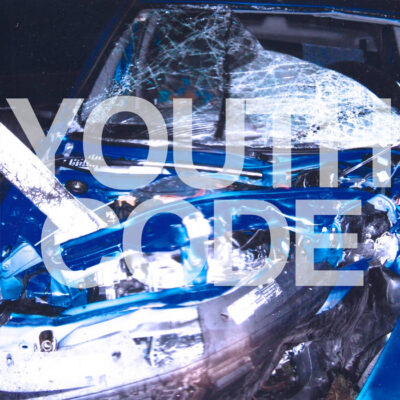





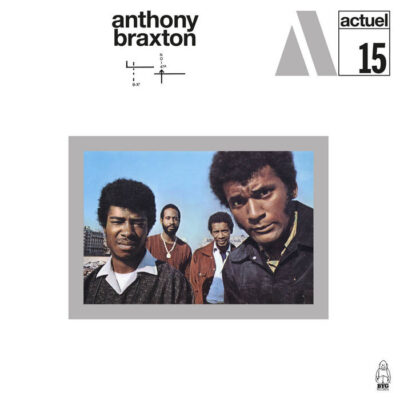
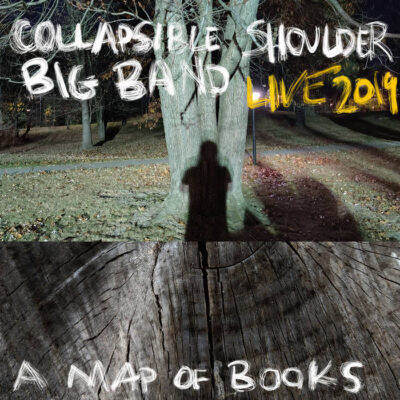



















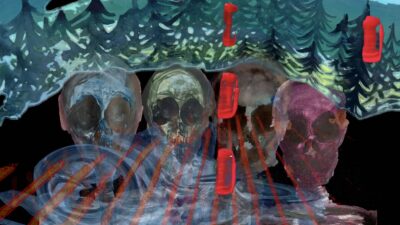
















 Now available in North America
Now available in North America 